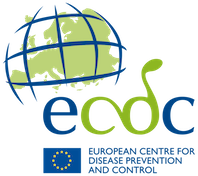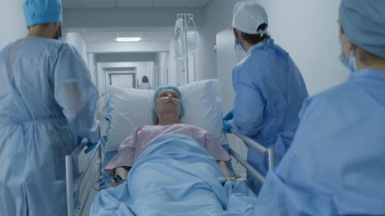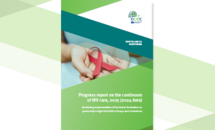Continuum of HIV care: Monitoring the implementation of the Dublin Declaration on partnership to fight HIV/AIDS in Europe and Central Asia: 2025 progress report (2024 data)
People living with HIV who achieve and maintain viral suppression can lead long, healthy lives and cannot transmit the virus to others. This crucial outcome is contingent upon timely diagnosis, access to treatment, and consistent support.
Consequently, the Joint United Nations Programme on HIV/AIDS (UNAIDS) established the ambitious 95-95-95 targets: that by 2025, 95% of all people living with HIV should be diagnosed, 95% of those diagnosed should be on treatment, and 95% of those treated should achieve viral suppression. Achieving these three targets is equivalent to 86% of all people living with HIV being virally suppressed.
By the end of 2024, data for all four stages of the HIV continuum of care were available from 38 countries, including 23 within the EU/EEA. The EU/EEA demonstrated strong progress, achieving 93% of people living with HIV diagnosed, 95% on treatment, and 94% viral suppressed (93-95-94). This equates to 83% of all people living with HIV in the EU/EEA being virally suppressed. Across the entire Europe and Central Asia region, estimates showed 85% of people living with HIV were diagnosed, 86% were on treatment, and 95% of those treated were virally suppressed (85-86-95). This corresponds to 70% of all people living with HIV being virally suppressed.
While no sub-regions of Europe and Central Asia (West-Centre-East) fully met all the 95-95-95 targets, the Western sub-region met the second and the third target and was within 5% of the target for the first one. The East subregion had the lowest proportion of people diagnosed receiving treatment (79%) but met the second target. The overall substantial targets (95-91-86) in Europe and Central Asia have shown gradual improvement over the past decade, reaching 92-78-83 by 2024, up from 88-80-73 in 2019 and 82-71-62 in 2016 (in countries with available complete data).
In the 36 countries of Europe and Central Asia that provided complete and consistent data, an estimated 617 712 people (30% of all people living with HIV) had transmissible levels of the virus. Significant regional disparities exist: 41% of people living with HIV in the East sub-region were estimated to have transmissible viral
loads, compared to 27% in the Centre and only 15% in the West sub-region.





